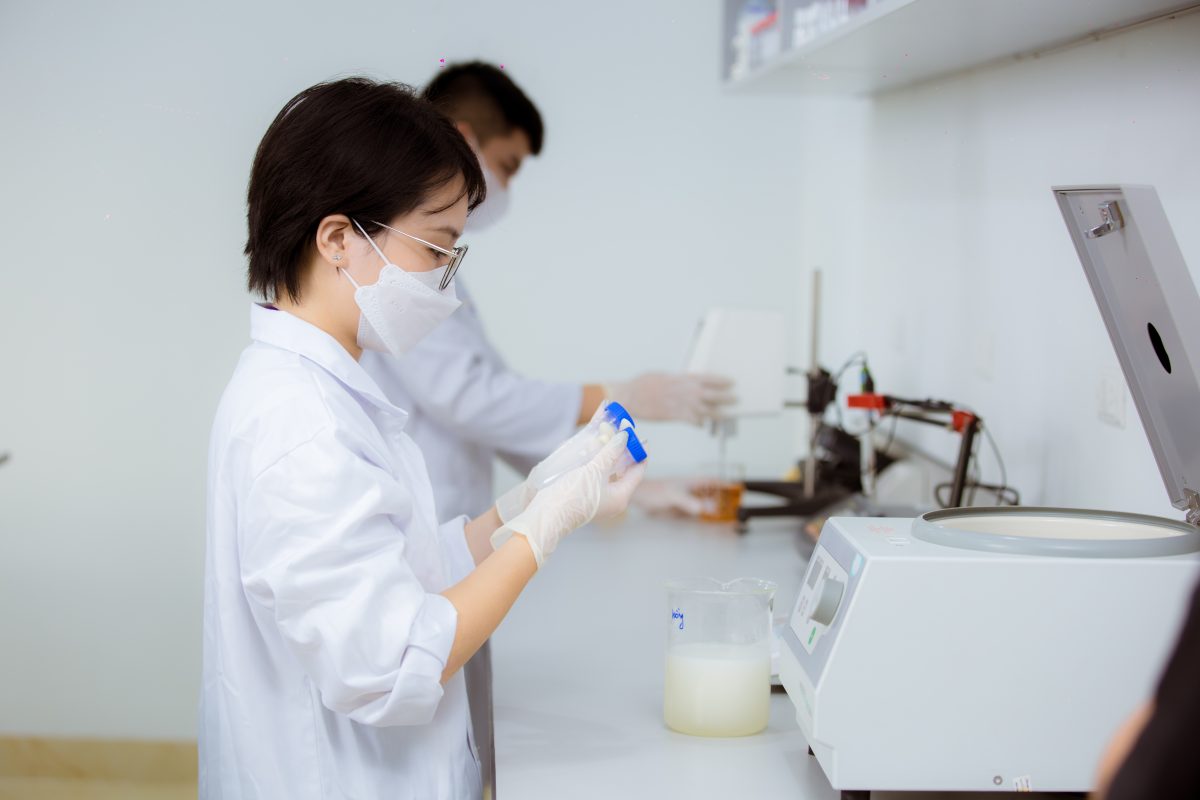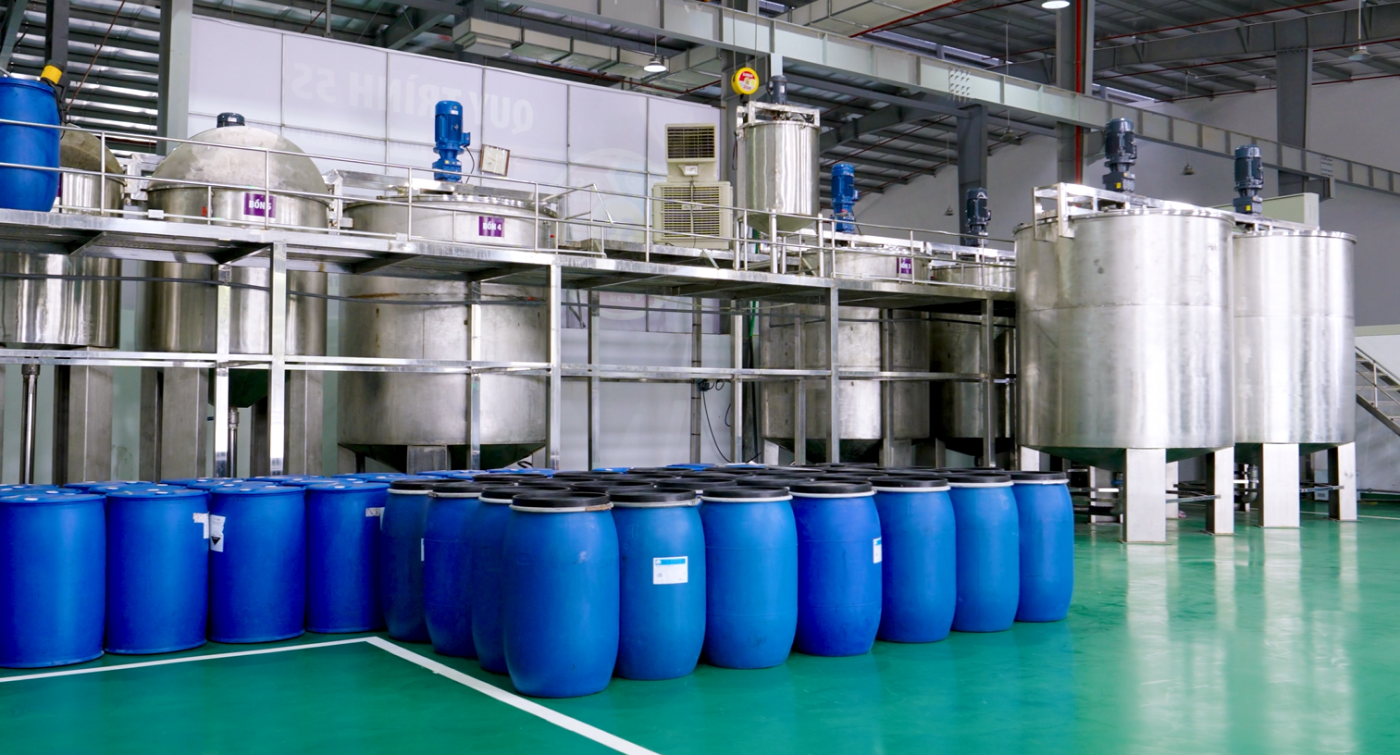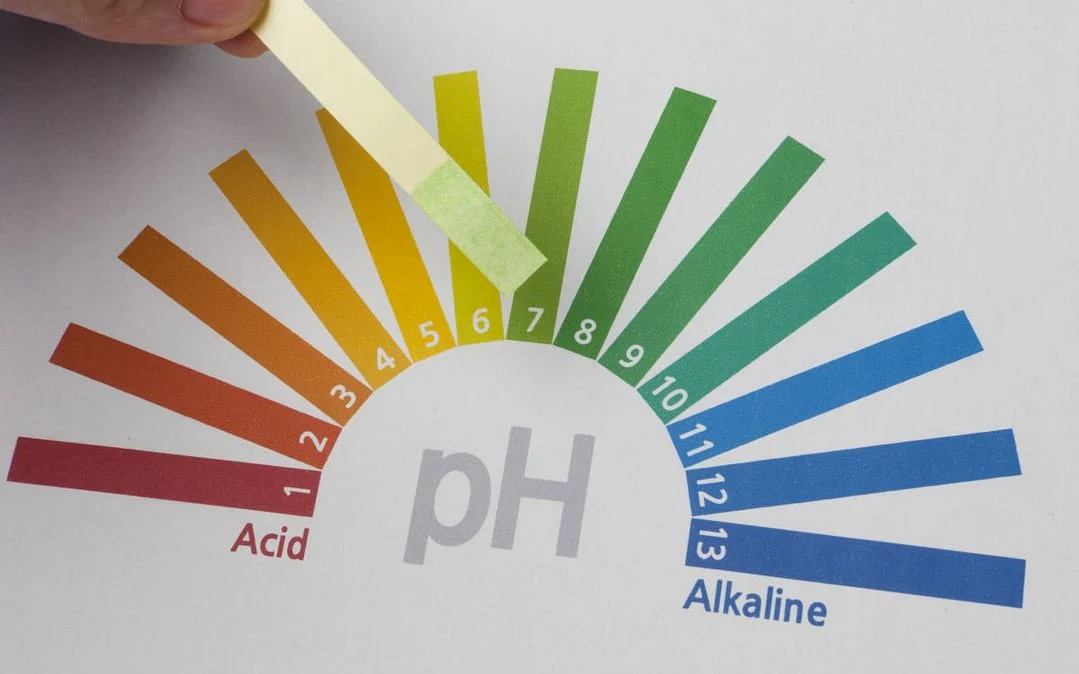Washing machine has sediment at the bottom – Causes and solutions
Washing machines are gradually becoming indispensable items in every modern family. However, after a period of use, many people encounter…
Processing product cost – Key to competitiveness in the cosmetics market In the cosmetics industry, the cost of processed products is a key factor determining the profit, competitiveness and ability to expand the market share of the enterprise. Understanding the factors affecting the cost not only helps enterprises proactively build a reasonable pricing strategy but […]
In the cosmetics industry, the cost of processed products is a key factor determining the profit, competitiveness and ability to expand the market share of the enterprise. Understanding the factors affecting the cost not only helps enterprises proactively build a reasonable pricing strategy but also optimize resources and improve business efficiency in an increasingly fierce market context.
The quality and origin of raw materials are the first factors that determine the cost of processed products. If the enterprise chooses imported, organic raw materials or special ingredients (such as natural extracts, high-grade active ingredients), the cost will be much higher than that of common raw materials.
In addition, the raw material market always fluctuates according to the season, foreign exchange rates and global supply and demand situation. Enterprises need to proactively build relationships with many suppliers, closely monitor market fluctuations to have plans to reserve or replace raw materials in a timely manner.

Mass production helps businesses maximize machine capacity, reducing labor and material costs. On the contrary, small orders will have to bear higher fixed costs per product, and it is difficult to negotiate raw material and transportation prices. To optimize costs, businesses should plan production cycles, consolidate orders or cooperate with other partners to increase order size, thereby reducing unit costs.

Modern, highly automated production lines not only help to minimize errors but also save time, manpower and raw materials. For example, an automatic filling system can reduce raw material loss, ensure accurate dosing and increase productivity many times over manual production.
However, the initial investment cost for new technology is quite large, requiring businesses to carefully calculate the ability to recover capital and long-term benefits. In addition, modern technology also helps businesses meet international quality standards, expand export opportunities and cooperate with major partners.
Packaging is not only a protective layer for the product but also a powerful marketing tool. A creative packaging design and sophisticated printing will increase production costs, but will help the product stand out on the shelf, attract customers and enhance the brand. Businesses need to consider the cost of investing in packaging and the marketing effectiveness it brings. Sometimes, a minimalist but sophisticated design helps save costs while still creating a unique mark for the product.
Labor costs depend on skill level, local wages, and the level of automation in the factory. Modern, highly automated factories will reduce dependence on labor, save costs, and ensure consistent quality. However, businesses also need to invest in training machine operators and quality control to avoid errors and improve production efficiency.

In order for products to be allowed to circulate on the market, especially in modern retail channels or for international export, businesses are required to meet inspection and certification standards such as ISO, GMP, etc. The cost of these inspection and certification activities will add to the product price. However, this is a necessary investment to build reputation, expand the market and protect consumers.
In addition to the main costs, businesses also have to face many hidden costs such as transportation, storage, insurance, sales discounts, marketing, etc. If not well controlled, these costs can arise beyond the budget, causing the product to “increase” in price and affecting profits. Businesses need to build clear contracts with processing partners, be transparent about all costs and regularly review and optimize arising costs.

Understanding the factors affecting the cost of processed products is the key to helping businesses proactively build a reasonable pricing strategy, optimize costs and improve competitiveness in the cosmetics market. Businesses should regularly update fluctuations in the raw material market, invest in appropriate technology, optimize production processes and choose transparent and reputable processing partners. Only when controlling costs well can businesses develop sustainably, expand market share and build a strong brand in the cosmetics industry.
Choose a reputable, transparent and experienced processing partner like THT Vietnam to ensure your products are always of high quality at the most optimal price!

Washing machines are gradually becoming indispensable items in every modern family. However, after a period of use, many people encounter…

In the cosmetics industry, especially in the field of detergent production, pH is one of the most important factors that…

In the increasingly competitive cosmetics market, building a private label brand is not just about beautiful packaging or a massive…